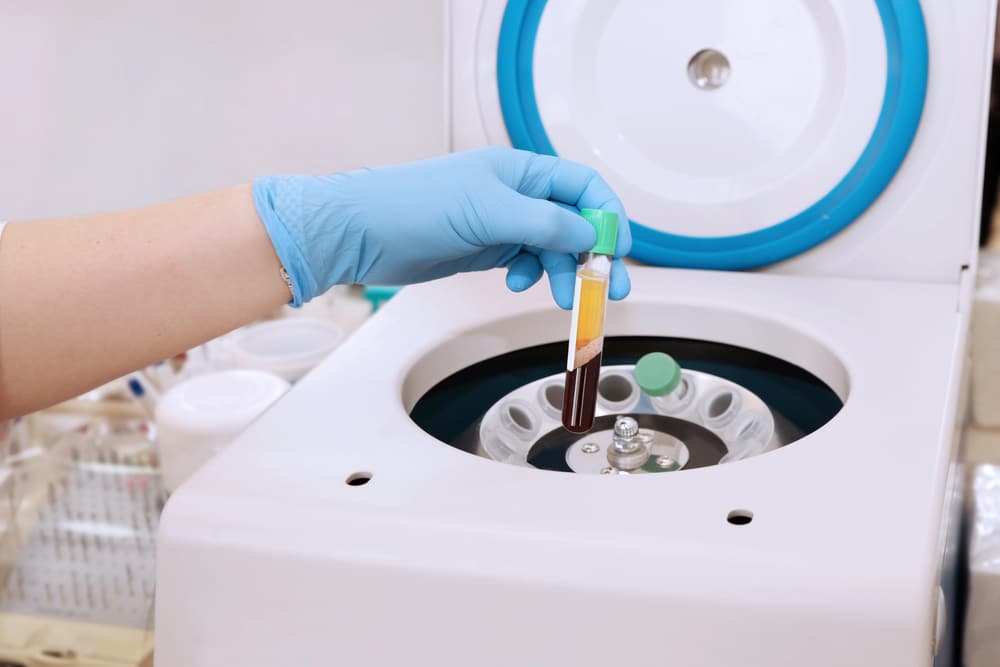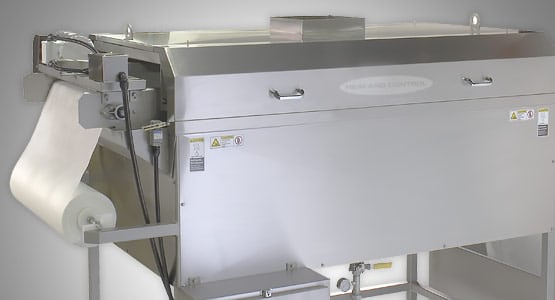When it comes to your filters, regular maintenance is key.
According to Manufacturing.net:
Air filters are found in many industrial applications, from HVAC and industrial-process air systems to paint-spray booths. Filtration is at the heart of indoor air quality (IAQ), keeping production environments clean and free from the dust and particulates that may reduce product yields. But while filters keep air breathable and processes clean, they only perform when they are maintained correctly. Proper filter maintenance begins at the filter-selection stage and continues through filter installation, monitoring, maintenance and replacement.
Filter selection
Key to selecting the right filter is a thorough understanding of the particles it needs to filter. Particles of many different sizes can be found in the typical industrial setting, so be sure to select a filter that effectively captures those found in yours. There are many types of air filters on the market today. These include:
• Bulk media and pre-cut pads
• Automatic roll filters
• Disposable panel filters
• Polyester rings, sleeves and links
• Pleated filters
• Medium- and high-efficiency bag filters
• Rigid cell filters
• Mini pleated filters
In most industrial facilities, the best filter choice is a medium-efficiency pleated filter. This type has a higher removal efficiency than low-efficiency filters, but will not clog as easily as a high-efficiency filter. The desired balance between price and filtration efficiency will help determine what type of filter best meets your needs.
Pleated air filters are made with a wide range of materials (media), including fiberglass, polyester, cotton, paper and synthetic nonwoven materials. Recent advances in synthetic/nonwoven technologies have allowed for a step-change improvement in both perfor-mance and value over traditional cotton/poly blends and needled felts.
Unlike traditional cotton/poly media, the synthetic media used in modern filters can be made of thermally bonded, continuous hydrophobic (moisture-repelling) polyolefin fibers. These media resist fiber shedding, preventing fibers from getting into the HVAC coils, into the breathing air, or on to products in production. These media do not support bacterial growth, which can be a problem with other media that absorb moisture. Moreover, synthetic media can be manufactured without the use of chemical binders, meaning that humidity will not affect the web structure and will not cause the “glue” to soften and thus fibers to shed.
Additionally, while cotton/poly filter media are surface-loading structures, synthetic filter media can be made with a gradient density structure. High filter efficiency can be achieved over the useful life of the filter because of the solid mechanical structure found in some synthetic media. They also tend to be more stable in high humidity or wet conditions.
Finally, synthetic filter media have the ability to apply an electrostatic charge, which yields a higher initial efficiency and enhances the filter’s capture efficiency, especially in the attraction of smaller diameter particles.
Electrostatic filtration is different than mechanical filtration, which depends on the size of the fiber, size of the particles being filtered and the physical structure of the media. With mechanical filtration, efficiency tends to build over time as particulates are collected, i.e., the filtration efficiency gets higher as the filter gets dirty.
With electrostatic filtration, filter fibers are charged, thus creating a force that attracts particles. This provides for high initial efficiency. The key is to look for a filter that combines an electrostatic charge for high initial efficiency with a strong mechanical structure for sustained efficiency.
Filter installation and monitoring
After specifying a filter media and selecting a filter, it’s important to focus on proper filter installation. Here, the goal is to avoid bypass air by making sure that all the air in the system goes through the filter. Bypass air causes contamination in housings, coils, fans and ducts. To avoid problems later on, consider these installation tips:
• Check for filter-media damage, such as rips or holes, and replace damaged filters.
• Make sure media is sealed in the frame to avoid bypass air.
• Install the filter according to the air-flow direction indicated on the frame.
• Ensure that filter fasteners are in place and correctly installed, especially if filters are serviced from the downstream side.
• Check to ensure that the bank of filter frames is rigid and well reinforced to avoid collapse.
• Caulk cracks between filter frames or between the bank of frames and the duct walls to prevent leaking of unfiltered air.
• Pay special attention to filter-holding frame seals, gaskets and filters that don’t match the filter holding frame size all of which can cause bypass air.
Air filters should be monitored and maintained to provide maximum filtration, while not overtaxing the supply-fan capability or leading to “blow-out” situations with no air filtration. Scheduled maintenance or established pressure drops can be determining factors along with specific variations in environmental conditions such as humidity and seasonal changes.
Filter suppliers often recommend installing a differential pressure measurement device across the filter bank to identify appropriate change-out times. Pressure-drop switches may be used to provide an alarm input to a building automation system that alerts operators to change the filter. Don’t rely on a visual inspection only, since medium- and high-efficiency filters that appear “dirty” often have not reached their optimum efficiency levels. In addition, normal eyesight can only see particles of about 40 microns in size. Therefore, a filter rated at 10 microns can look dirty, yet still have a useful service life.
As a filter loads with particles, it becomes more efficient at particle removal, but increases the pressure drop through the system, thus reducing air flow. If loaded to excess, all filters will become deformed, unload dust, and even “blow out” of their filter rack. When filters blow out, bypassing of unfiltered air will lead to clogged coils and dirty air ducts. Flow capabilities of the system fan may also be affected. Filters also should be monitored for bacterial growth. It’s a good idea to remove selected filter elements periodically and send them to a lab for testing when bacteria growth is found.
Filter maintenance and replacement
For industrial HVAC systems, proper filter maintenance is crucial to keeping ductwork clean. If dirt accumulates in ductwork, and if the relative humidity reaches the dewpoint (so that condensation occurs), bacteria and mold may grow. This is especially true in HVAC systems with acoustical duct liners, which are frequently used in air-handler fan housings and supply ducts to reduce sound transmission and provide thermal insulation.
For these reasons, it’s crucial to establish the appropriate filter change-out frequency. However, filters should be changed immediately if they become wet, if microbial growth on the filter media is visible, or when filters collapse or become damaged to the extent that air bypasses the media.
Make the job of filter change-out as easy as possible. Place labels on the housing units with information such as the number and type of filters, date changed, and pressure-drop. To ensure that air handlers in difficult-to-access places receive proper maintenance, use quick-release and hinged access doors instead of bolted access panels, if security is not an issue.
If production schedules allow, time filter change-outs so they occur when the facility is unoccupied. This will help to avoid problems associated with disruptions in the HVAC system, and possible distribution of odors or emissions that may occur.
If filters must be changed when the facility is occupied, turn off the supply fans to prevent debris from entering the ductwork downstream of the filters. Similarly, the entire filter area should be cleaned and washed down while fans are off. Use a clean rag instead of compressed air to wipe dust from the inside of the filter housing and around gasket surfaces. When removing a spent filter, avoid dropping contaminants into ductwork.
Overall, remember to follow the recommendations of both the filter manufacturer/supplier and HVAC-system supplier for specific procedures. It is also important to note the frequency of filter maintenance and changing procedures. Documenting all inspections and corrective actions will ensure that the air filters will be maintained properly.









